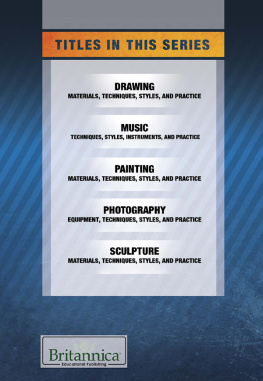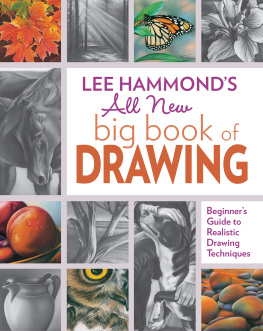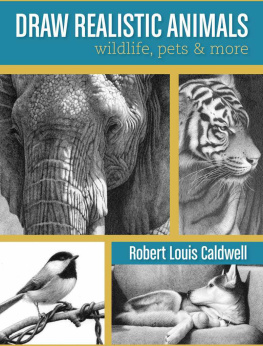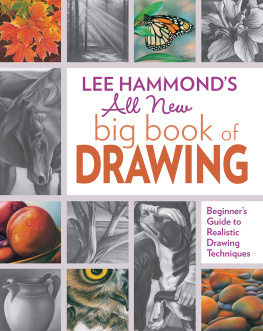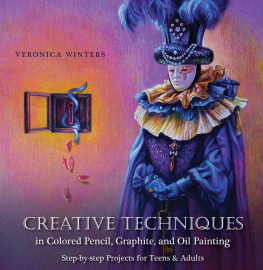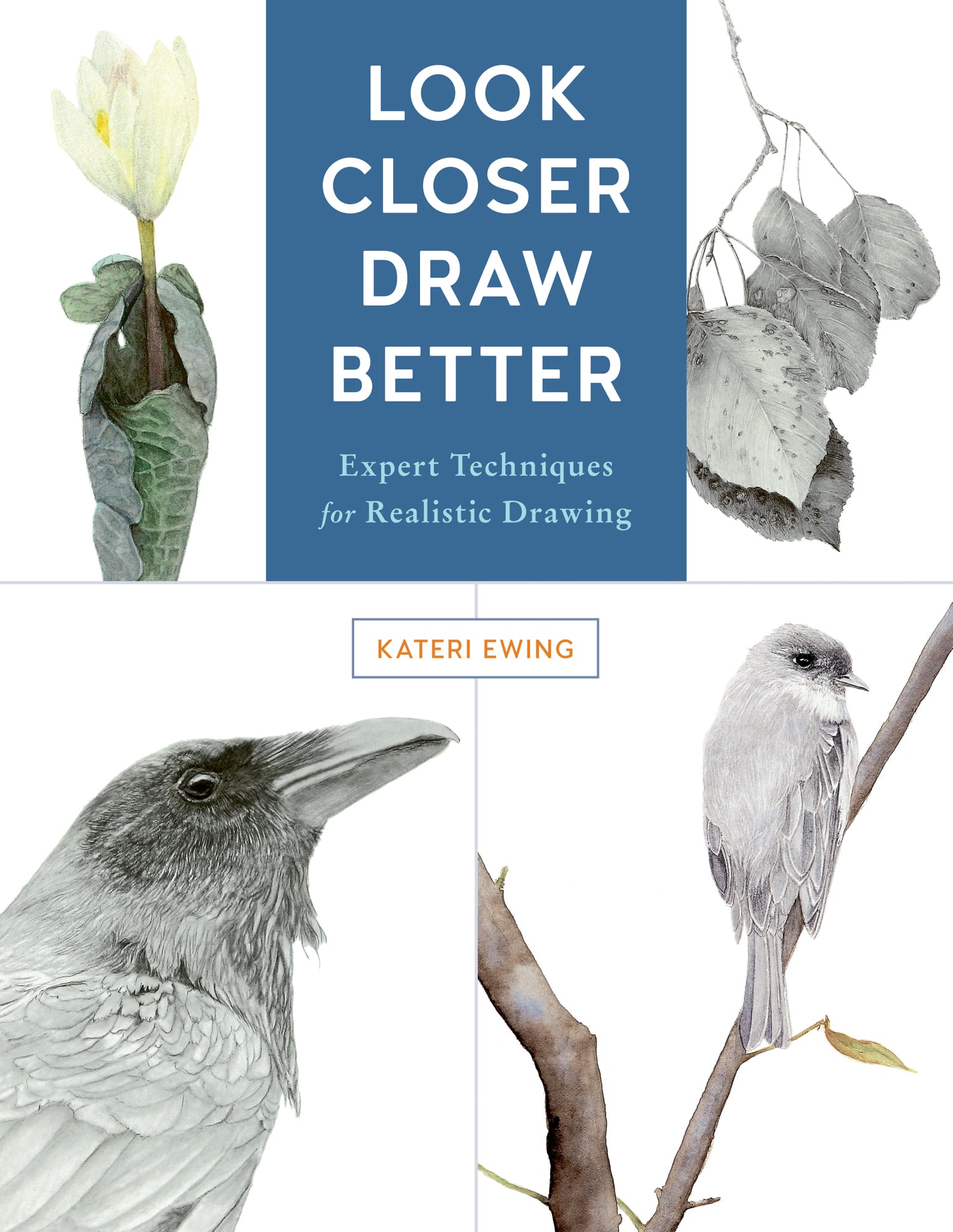Kateri Ewing - Look Closer, Draw Better: Expert Techniques for Realistic Drawing
Here you can read online Kateri Ewing - Look Closer, Draw Better: Expert Techniques for Realistic Drawing full text of the book (entire story) in english for free. Download pdf and epub, get meaning, cover and reviews about this ebook. year: 2019, publisher: Rockport Publishers, genre: Home and family. Description of the work, (preface) as well as reviews are available. Best literature library LitArk.com created for fans of good reading and offers a wide selection of genres:
Romance novel
Science fiction
Adventure
Detective
Science
History
Home and family
Prose
Art
Politics
Computer
Non-fiction
Religion
Business
Children
Humor
Choose a favorite category and find really read worthwhile books. Enjoy immersion in the world of imagination, feel the emotions of the characters or learn something new for yourself, make an fascinating discovery.

- Book:Look Closer, Draw Better: Expert Techniques for Realistic Drawing
- Author:
- Publisher:Rockport Publishers
- Genre:
- Year:2019
- Rating:4 / 5
- Favourites:Add to favourites
- Your mark:
Look Closer, Draw Better: Expert Techniques for Realistic Drawing: summary, description and annotation
We offer to read an annotation, description, summary or preface (depends on what the author of the book "Look Closer, Draw Better: Expert Techniques for Realistic Drawing" wrote himself). If you haven't found the necessary information about the book — write in the comments, we will try to find it.
Are you looking tomake a leap in the quality of your artwork? Are you looking fornew perspectives on the art of drawing? Or maybe you want to bring morepoetry and presenceto your work.
Look Closer, Draw Better will help you reach your goals with projects thatexplore graphite, charcoal, ink, and watercolor wash, emphasizing techniques that Kateri Ewing has refined over years of practice and teaching. Ewing teaches by training your eye tosee subjects clearly in contour, line, and shadow, while you learn to make marks with tools that areexpressive of what we really see. Her focus is on nature--birds, flowers, and plants that can be closely observed. Discover the techniques for capturing the delicacy of feathers, the natural blemishes on a piece of fruit, the veins and velvety texture of a leaf--all the tiny details that enhance the realistic quality of a drawing. Ewing takes you carefully through every step.
Let Look Closer, Draw Better inspire and transform your artistic eye.
Kateri Ewing: author's other books
Who wrote Look Closer, Draw Better: Expert Techniques for Realistic Drawing? Find out the surname, the name of the author of the book and a list of all author's works by series.

